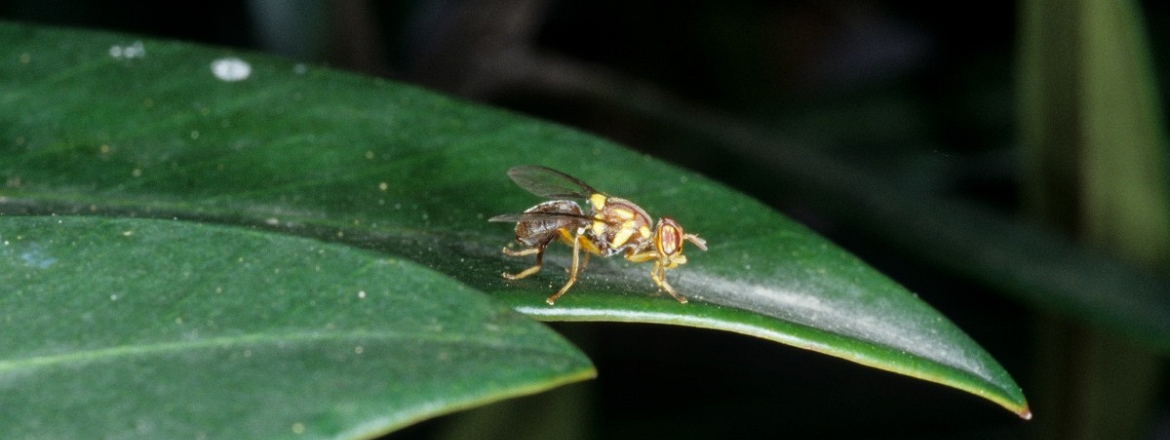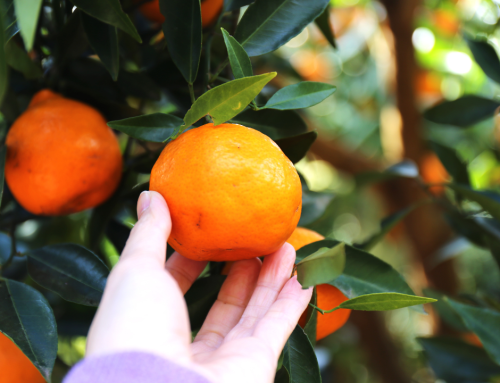Winter control of Queensland Fruit Fly
Winter control of Queensland Fruit Fly (QFF) requires the placement of traps and baits in places where fruit fly are overwintering. The most common overwintering sites are lemon trees (or loquats and other dense evergreen trees) situated close to a heat source, such as a winter heated house.
Refuge from cold, wind and rain
Ideal locations for fruit fl y to take refuge from winter conditions include evergreen plants near heat sources and sunny evergreen orchards. Heat sources include houses, lighting, compost heaps, chook or stock yards and evergreen trees surrounding open sunny ground. Heat sources can be:
- Active — i.e. they produce heat (e.g. heated houses, compost heaps) or
- Passive — i.e. they warm up in the sun and slowly release heat at night (e.g. woody evergreen plants, sports ovals)
How long do adult Queensland Fruit Fly live?
- Summer — QFF are very active and spend a lot of energy on flying, mating and egg-laying — 2 to 3 months
- Winter — If they find suitable refuge, they go into a type of hibernation mode — 6 to 9 months
- Total — 2 to 12 months
Winter and spring jobs
Home gardeners with a fruit tree or vegetable patch should complete the following tasks:
- Place protein-based QFF traps in evergreen trees near the house or other heated buildings;
- Pick up or harvest and destroy or treat fallen fruit or unwanted fruit that are still on the tree (particularly citrus fruits at this time of year). Destroy by sealing in plastic bag and leaving in the sun for a few days, freezing, microwaving, burning, cooking, drying, immersion in water, break open and feed to animals, etc;
- Rake out fallen fruit around trees into the open and mash or mulch;
- Prepare for the next fruit fly season, if necessary, by stocking up on traps, baits, lures, toxicants for traps and baits, netting, fruit protection bags, approved pesticides (visit your local nursery to find these products).
- If you do have pesticides in stock make sure they are currently approved for use against fruit flies in the crops you have growing and they are within their use-by date.
- Prune fruit trees to an easy-to harvest height, reducing the amount of fruit to a usable quantity and making it easier to net if netting becomes necessary. If you have unwanted or unmanaged fruit trees, have them removed free of charge through the Host Tree and Plant Removal Program. Contact your council customer service area and complete an application form.




